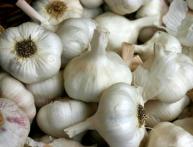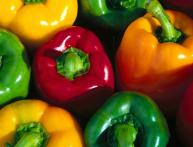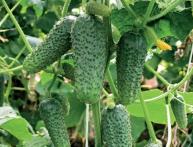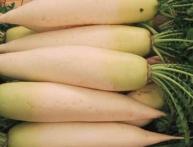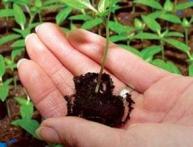Rutabaga in the photo is a wonderful vegetable
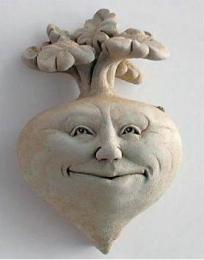
Rutabaga is a high-yielding plant belonging to the cabbage family. Unfortunately, in recent years, rutabaga has been practically forgotten. And completely undeserved and in vain.
Such a wonderful vegetable - rutabaga in the photo looks like a large radish or beetroot, has many properties that are useful not only for cooking, but also for medicinal purposes.
Rutabaga has a two-year growth cycle. In the first year, leaves and a fleshy root grow, which in the second year produces a flowering stem. In place of the flower, a pod with black seeds develops.
Rutabaga is unpretentious in cultivation; preparing the soil and caring for this vegetable is no different from cultivating other popular root vegetables. Rutabaga tolerates both hot, dry weather and frost well, and its seeds sprout at a temperature of 1 degree C. Rutabaga is very productive; the largest rutabaga in the photo weighs 35 kg.
The taste of rutabaga is similar to turnips, but, of course, surpasses it in nutritional value. Rutabaga is used in the preparation of stews, soups, vitamin-rich salads, and also as an excellent filling for pies.
Don’t forget about the medicinal and vitamin properties of this miracle vegetable. Due to its fairly high calcium content, rutabaga is indispensable for patients with osteoporosis. Rutabaga juice has wound-healing, anti-burn, diuretic and laxative properties. Rutabaga is also useful for patients with atherosclerosis.

